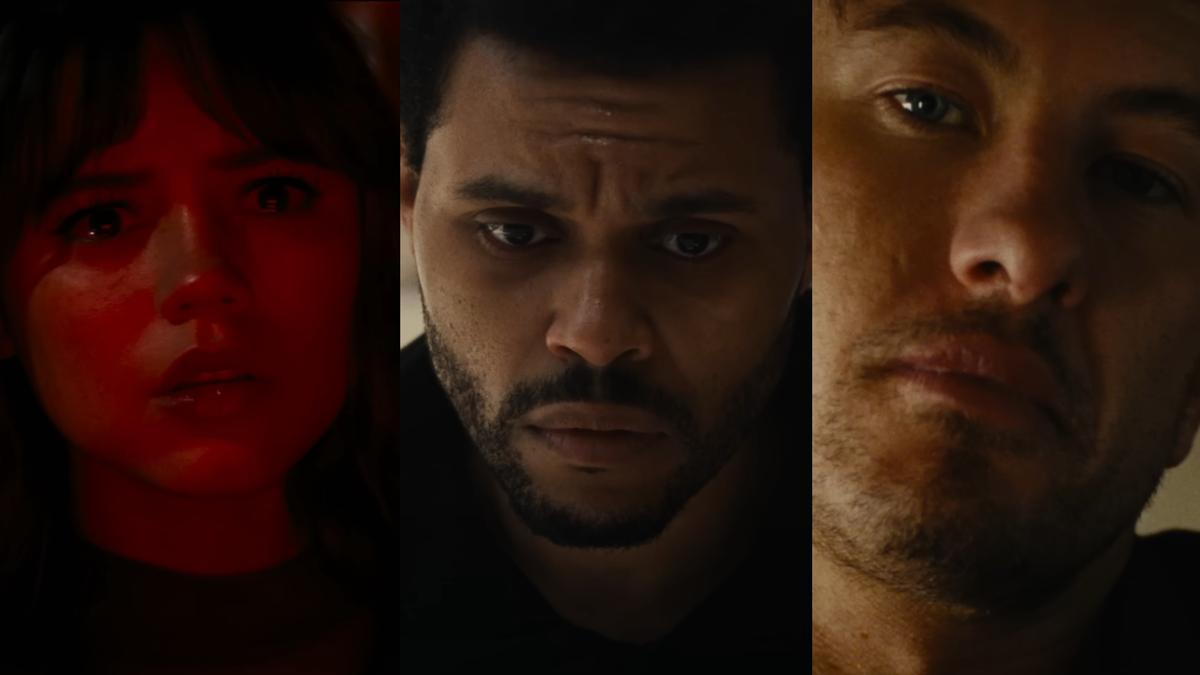
An intriguing exhibition titled “Hello & Goodbye: Postcards from the Early 20th Century” is now open at the Museum of Art and Photography (MAP), displaying over 80 postcards that offer a captivating glimpse into India’s colonial past. This collection, largely derived from donations by Kenneth X and Joyce Robbins, provides visitors a unique peek into the lives and minds of people from a bygone era.
“The messages on these postcards reveal a lot about life in those times,” explains Khushi Bansal, who curated Hello & Goodbye alongside Meghana Kuppa and a dedicated team from MAP. “What stands out is the frequent use of abbreviations to convey news within limited space; it’s interesting to note that short forms are not a purely contemporary practice.”
The idea for the Hello & Goodbye exhibition originated when the team at MAP recognized the extent of their postcard collection. With approximately 1,300 postcards available, they discovered that these seemingly simple pieces of paper held a wealth of information about cultural identity and the lived history during the colonial period.
“While some postcards carried messages to loved ones, others discussed visits to small towns or monuments,” says Meghana. “They offer insight into what people from abroad thought of India and what the Indian elite communicated within their own circles. These postcards encapsulate micro-histories shaped by the colonial dynamics at the time.”
For over six months, the curatorial team meticulously sorted through thousands of postcards, organizing them into categories like architecture, landscape, and more. They referenced significant works, such as Omar Khan’s “Paper Jewels: Postcards from the Raj” and the Mathurs’ “Picturesque India: A Journey in Early Picture Postcards,” to structure the exhibition’s narrative.
Khushi elaborates that the curation of Hello & Goodbye pivoted around three main aspects. First, the team explored the overarching historical context of the early 20th century, a period when postcards saw extensive circulation despite being introduced in the late 19th century.
The research unveiled fascinating aspects of human nature, especially in the context of communication. “Many people penned their postcards in letter format, creating a series of notes from which the recipient pieced together information,” Khushi reveals, likening the postcards to the social media of today—featuring an image and limited space for text. Despite being a means for quick communication, these postcards took at least two weeks to be delivered within India.
Meghana adds, “Postcards of the 1800s had minimal space under the image for messages, with the reverse reserved for addresses. It was only in the early 1900s that postcards underwent a design change, allowing more space for writing on the back.
.”
Next, the team examined how the use of postcards reflected people’s identities and beliefs. They delved into the period’s printing presses, the prevailing print culture, and its implications on colonial identity, culture, economy, and politics.
“There was a natural transition to themes of memory and nostalgia,” continues Khushi. “Ultimately, a postcard is a personal message from one individual to another—whether it’s a love note, a friendly greeting, or even business correspondence. For instance, we found a postcard addressed to the Ravi Varma press in Lonavala concerning supply issues.”
Despite showcasing around 80 postcards, the curatorial team wanted visitors to engage deeply in the process of curation. “We’ve set up a small desk within the exhibition where people can browse through postcards and reflect on the messages. This setup helps visitors appreciate the curation process,” Meghana explains.
In a nod to the transformative power of the postcard, the team has recreated an opportunity for visitors to send postcards. “We’ve provided a table with yellow postcards from the post office, each pre-stamped. Visitors can write messages and, if they include the correct address, we’ll mail it for them,” says Khushi.
Complementing this, MAP has also introduced a digital postcard greeting platform. “You can design your own postcard using different backgrounds and elements, scan a QR code along with a specially designed MAP stamp, and email this digital version to someone,” Khushi adds.
The digital stamp, crafted by team member Mahesh KS, commemorates MAP and the event year. Visitors who design personalized digital postcards also have the option to contribute a copy to MAP’s archives.
Hello & Goodbye at the Museum of Art and Photography is slated to run until August 18, 2024. This exhibition not only sheds light on India’s colonial history but also revitalizes the intimate act of sending heartfelt messages across distances.










